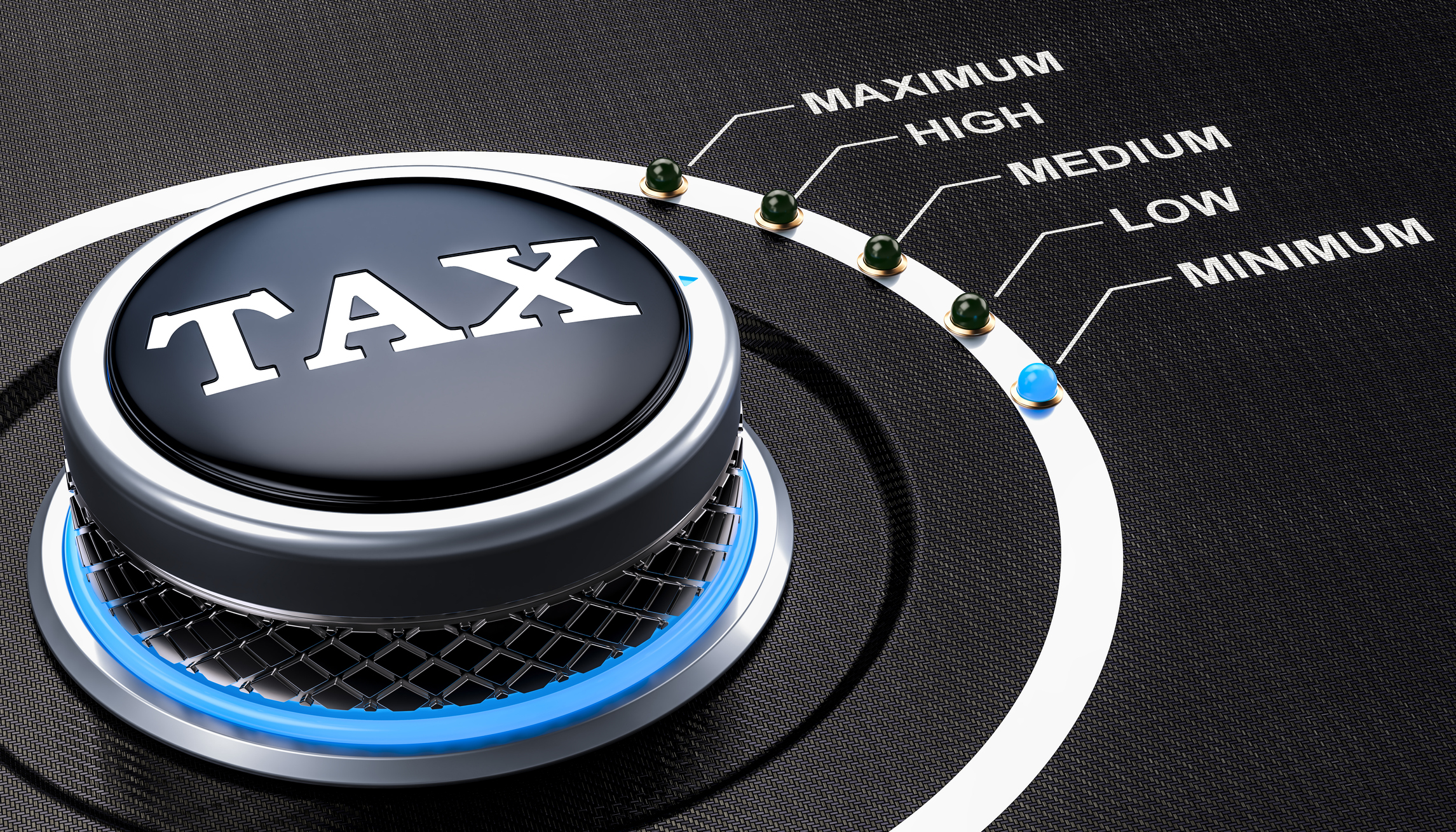
Getting the right tax advice and tips is vital in the complex tax world we live in. The Kiplinger Tax Letter helps you stay right on the money with the latest news and forecasts, with insight from our highly experienced team (Get a free issue of The Kiplinger Tax Letter or subscribe). You can only get the full array of advice by subscribing to the Tax Letter, but we will regularly feature snippets from it online, and here is one of those samples…
The 3.8% net investment income (NII) tax is broader than most taxpayers think. It applies to single filers with modified adjusted gross incomes over $200,000, joint filers with modified adjusted gross incomes (AGIs) over $250,000, and married people filing separately with modified AGIs above $125,000. There are many definitions of modified AGI under federal tax laws, but for this purpose, modified AGI is defined as AGI plus tax-free foreign-earned income. The NII tax, which is added to the regular income tax, is due on the smaller of NII, or the excess of modified AGI over the income thresholds.
NII includes what is commonly thought of as investment income: Dividends, capital gains, taxable interest, annuities, royalties and passive rental income.
Trade or business income derived through a passive activity is also NII, provided that the business income isn’t otherwise subject to self-employment tax. The test for determining a passive activity is material participation. For this purpose, a trade or business qualifies as a passive activity if the taxpayer doesn’t materially participate in the activity. In other words, trade or business income from an activity can be NII and subject to the 3.8% surtax for those taxpayers who don’t materially participate in the activity. Conversely, trade or business income from an activity in which one materially participates does not constitute NII. This rule applies to income from activities engaged in directly by individuals and to pass-through income from LLCs, limited partnerships and S corporations.
The passive activity regulations provide seven tests to show material participation.
A recent federal court case addressed the NII tax in the context of trade or business income. According to the United States District Court for the Western District of Wisconsin, a businessman with his hands in many ventures may have to pay the NII tax on his share of business profits from three companies if he can’t otherwise convince the court that he materially participated in the firms’ activities. The court is requiring him to submit proof that he devoted sufficient hours to each of the businesses to satisfy the significant participation test of the passive activity regulations (Senty, D.C. Wis. [pdf]).
This first appeared in The Kiplinger Tax Letter. It helps you navigate the complex world of tax by keeping you up-to-date on new and pending changes in tax laws, providing tips to lower your business and personal taxes, and forecasting what the White House and Congress might do with taxes. Get a free issue of The Kiplinger Tax Letter or subscribe.







